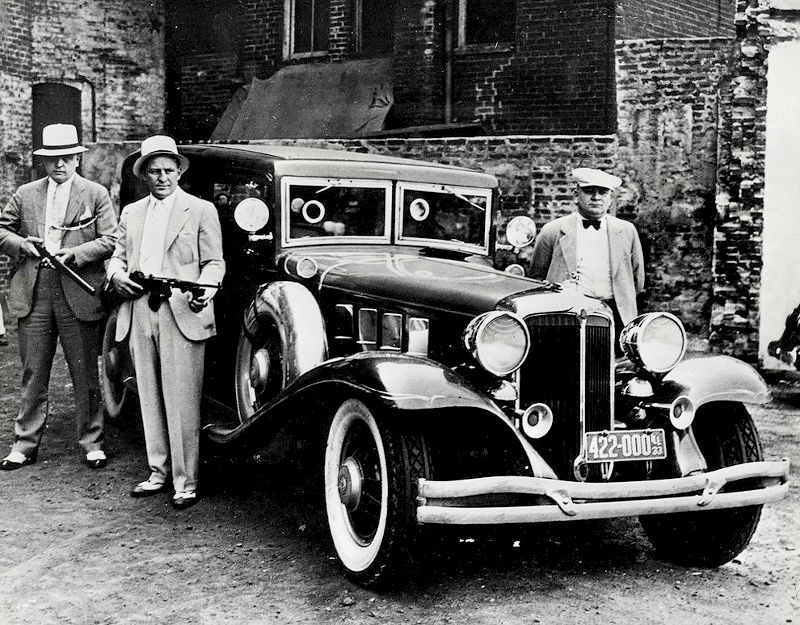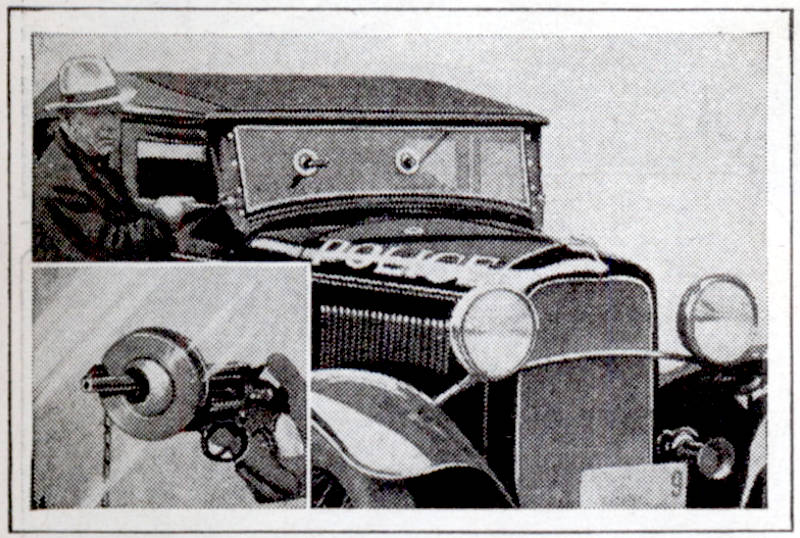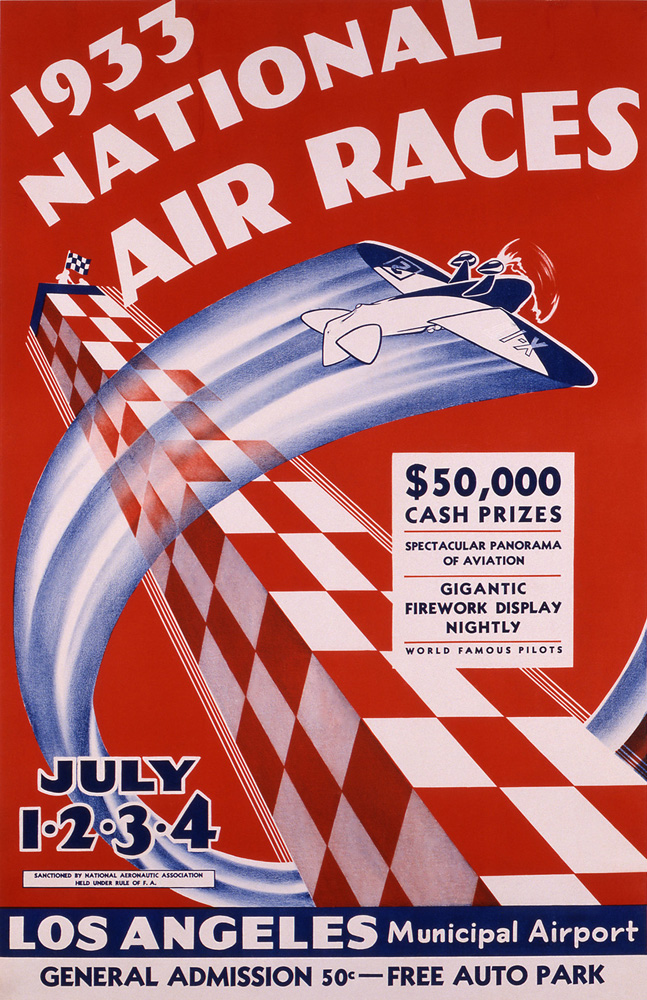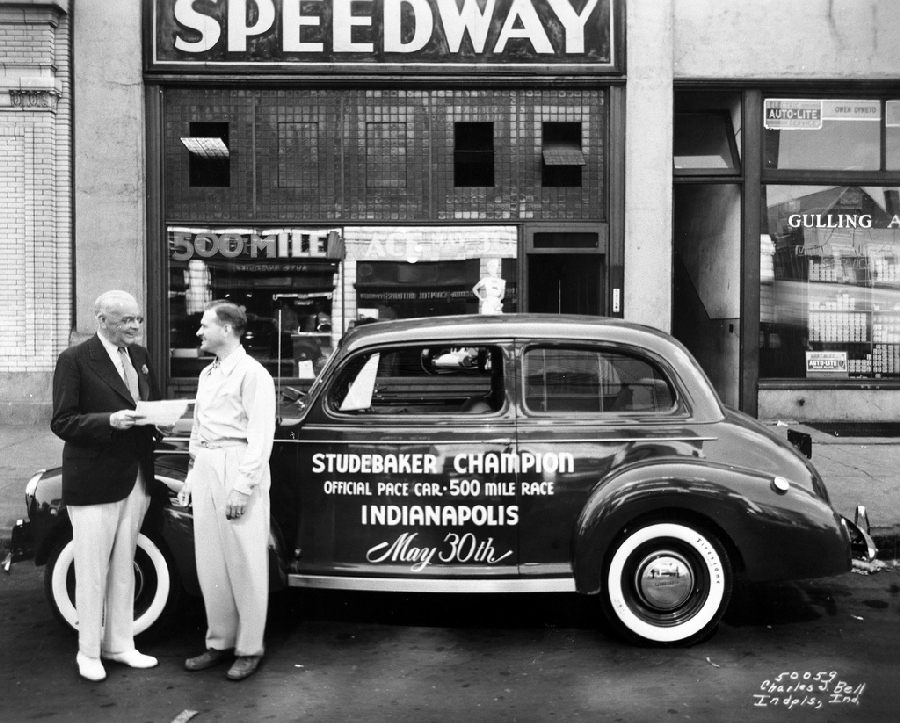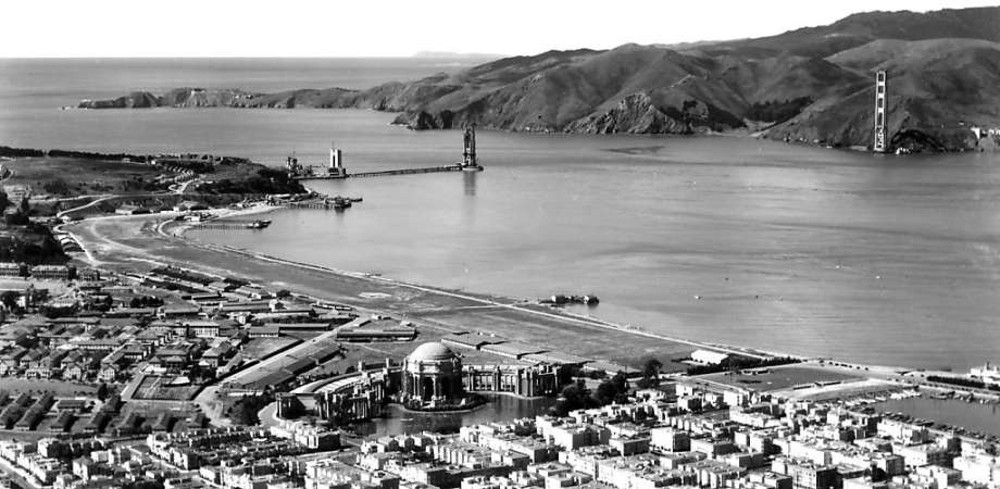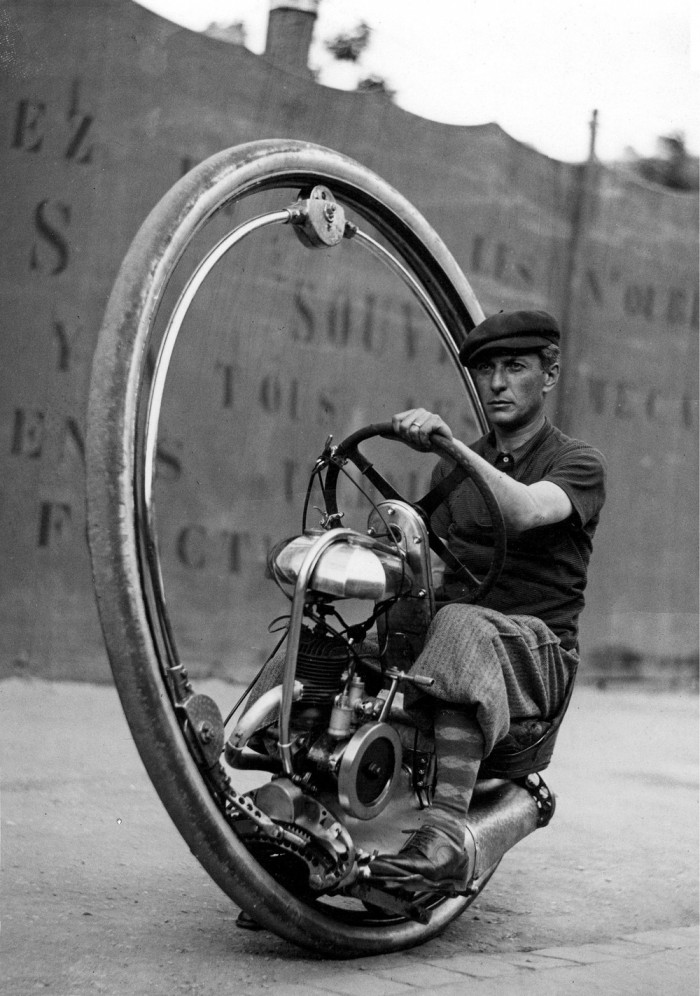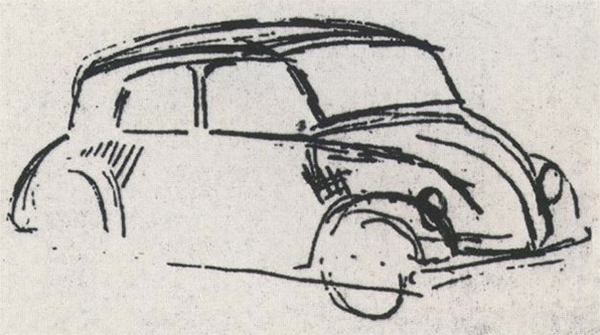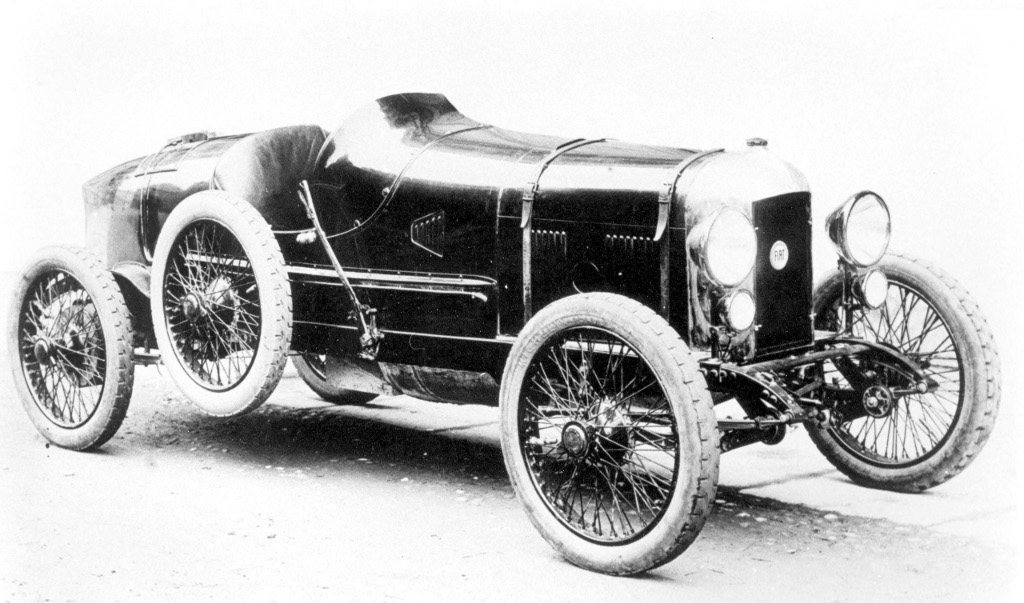The Orient Express was a long-distance passenger train service created in 1883 that joined Western Europe with the Middle East.
Although the original Orient Express was simply a normal international railway service, the name became synonymous with intrigue, luxury & comfort when traveling was still rough and dangerous.
The 1930s saw the services of the Orient Express at its most popular, running three parallel services; The Simplon Orient Express, the Orient Express and the Arlberg Orient Express
It was during this time, the Orient Express acquired its reputation for comfort and luxury, carrying sleeping-cars with permanent service and restaurant cars known for the quality of their cuisine. Royalty, nobles, diplomats, business people patronized it, mingling with those of the middle class. Each of the Orient Express services, incorporating sleeping cars, extending the rail service from one edge of continental Europe to the other. The start of the Second World War in 1939 (again) interrupted the service, which did not resume until 1945.
In 1934, one of its passengers, Agatha Christie, wrote her novel Murder on the Orient Express, partly inspired by the kidnapping of the Lindbergh baby (1932) and events on her trip in 1928-29 which left the train marooned in a snow bank for 6 days.
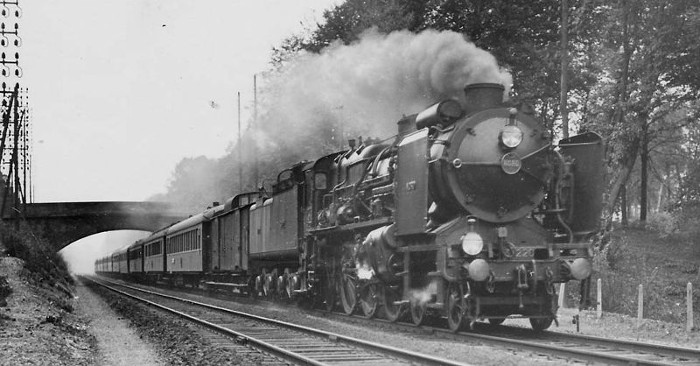 Continue reading “Orient Express, 1934” →
Continue reading “Orient Express, 1934” →
